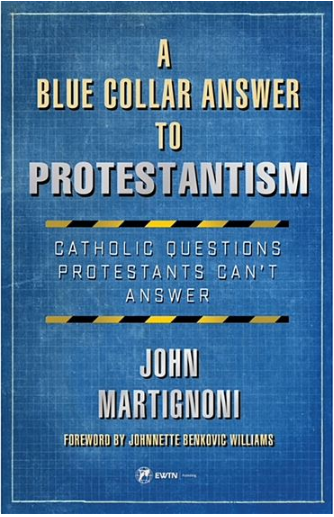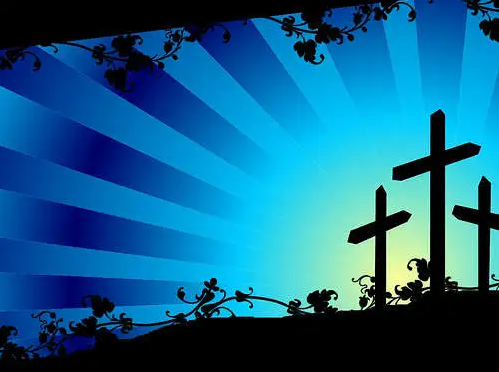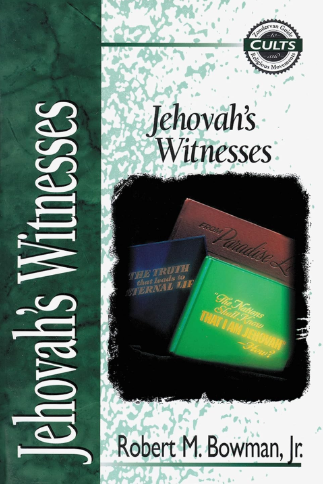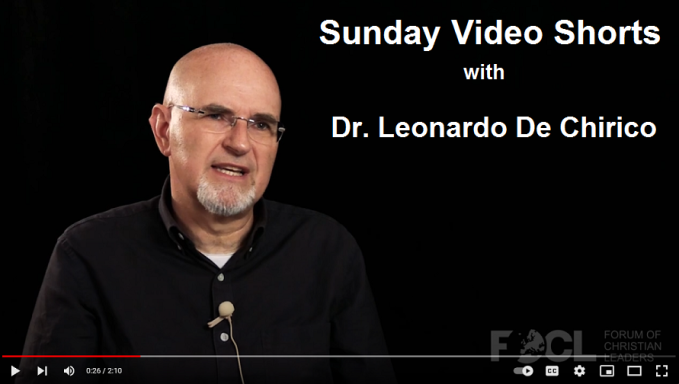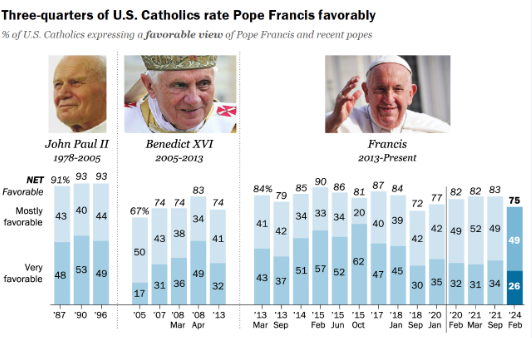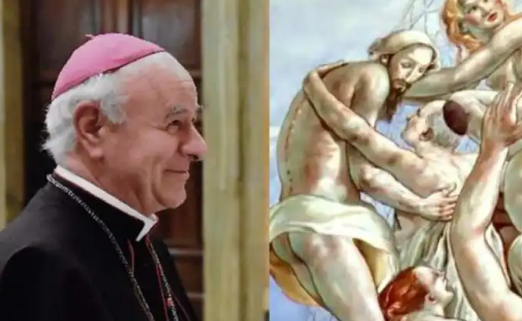Above: Trees are blooming along the Erie Canal in Pittsford, NY
The Catholic Charismatic Renewal got its start on the weekend of February 17-19, 1967 when a group of Catholic Duquesne University students who were curious about the Pentecostalism movement that was making inroads into mainline Protestant denominations under the banner of charismaticism gathered at the nearby Ark and Dove Retreat House eagerly hoping to manifest the Pentecostal gifts. Over the past 57 years, the CCR movement has grown to 160 million members, including tens of thousands of priests and nuns. CCR followers tout charismaticism (aka receiving the “baptism of the Holy Spirit” resulting in speaking glossolalia and other Pentecostal practices) as a higher/fuller form of the “Christian experience.” The incongruity that Pentecostals and Protestant charismatics generally avoid is that CCR members continue to hold to the RCC’s false gospel of salvation by sacramentalism and merit. They are not born-again. Catholic prelates initially viewed CCR with great skepticism, but eventually embraced it as a useful tool for ecumenism. Neither pope Francis nor any previous pope has manifested glossolalia or other Pentecostal practices.
There are many hardcore, far-right radicals in the traditionalist Catholic movement and the F.B.I. is doing its due diligence by keeping an eye on it.
One of conservative Catholicism’s most cherished tenets is absolute fealty to the pope. With progressive pope Francis’ ongoing bending of doctrine, conservative Catholics are caught in a Catch-22. Many conservative Catholics consider Bergoglio to be a heretic, but they carefully couch their criticism and displeasure in such terms as “the pope is ambiguous in his teaching” or “the pope is causing confusion.” Of course, Francis is calculatingly shifting the RCC from doctrinalism to amorphous pastoralism in the effort to stanch disaffection among the general membership and to better poise the RCC as the leader in the world religion umbrella.
Angry conservative political pundit and nominal Protestant, Candace Owens, recently converted to Roman Catholicism. We could see this train coming down the tracks back when Owens limply “moderated” a debate between her traditionalist Catholic husband, George Farmer, and her evangelical friend, Allie Beth Stuckey. Who would voluntarily choose the Roman Catholic shackles of salvation by merit? A person who doesn’t understand the Good News! of salvation by God’s grace alone, through faith alone, in Jesus Christ alone.
As I reported in a previous roundup, Florida (c)hristian politicos have concocted a plan to fund “chaplains” in public schools. Satanists want to participate in the program, but Catholic governor Ron DeSantis is attempting to exclude them. Taxpayer-funded government institutions have no business promoting a particular religion or religion in general. Let the church be the church and let the government be the government.
The Museum of the Bible, funded by the Hobby Lobby Green family, pays tribute to the Bible, but also works closely with the Vatican and has staged several exhibits promoting the Roman Catholic church, including “Treasures of the Vatican,” “Basilica Sancti Petri,” a history of St. Peter’s basilica, and “A Journey of Faith: The Seven Pilgrim Churches of Rome.” The Roman Catholic church acknowledges the Bible as Scripture, yet undermines the Bible with its spurious “sacred oral traditions.”


